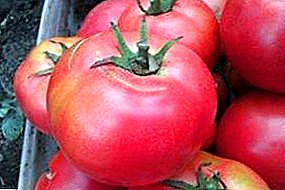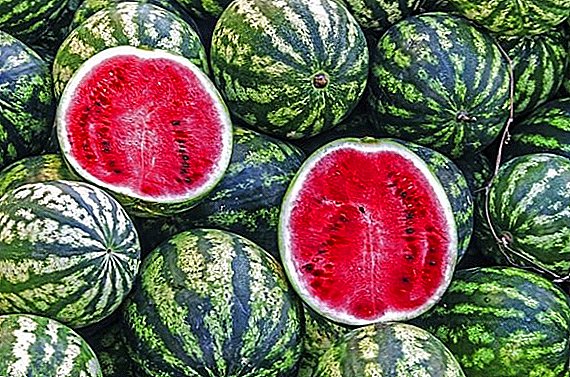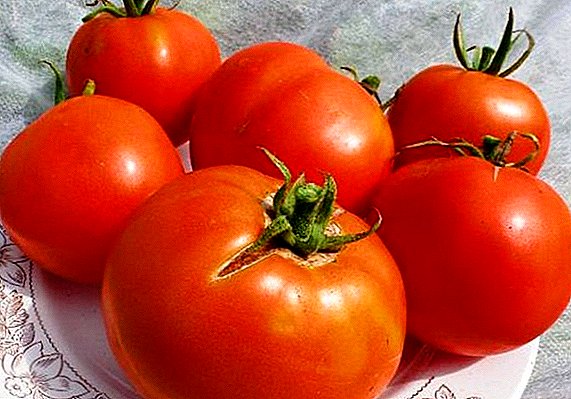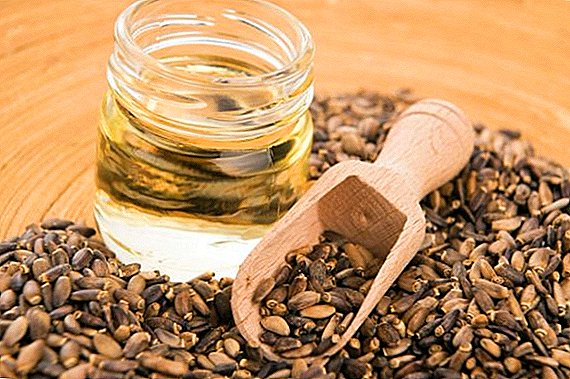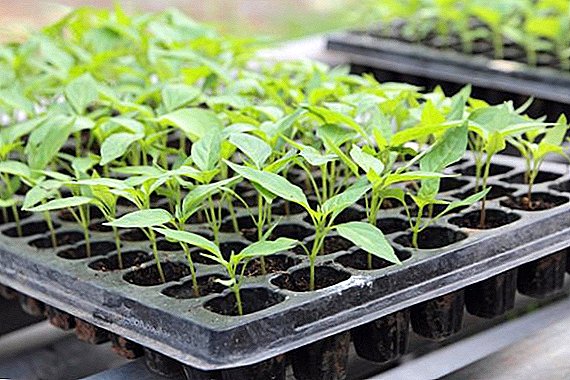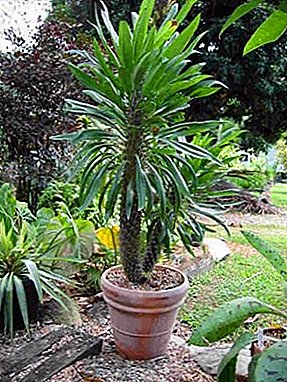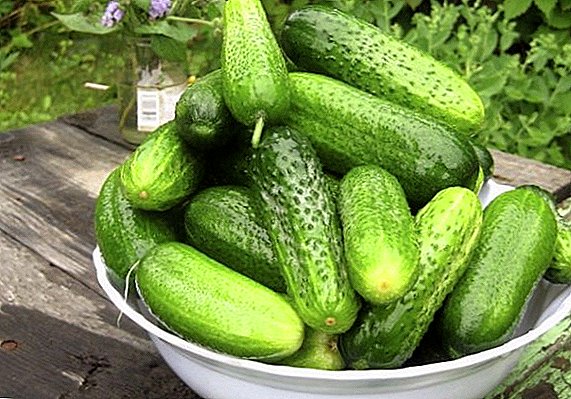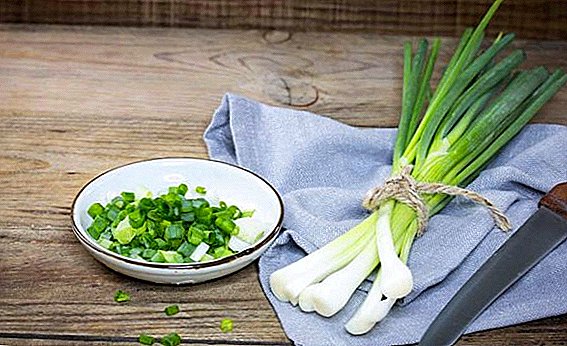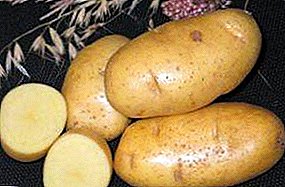
Early varieties of domestic breeding potatoes are always a success. These include Kubanka potatoes - a fruitful variety, renowned for its excellent tuber flavor, uncharacteristic of early root crops.
Large and beautiful potatoes are perfectly stored, do not lose their commodity qualities for several months.
Read the detailed description of the variety and its characteristics later in the article.
Kubanka potatoes variety description
| Grade name | Kubanka |
| general characteristics | table variety of the Russian collection, resistant to drought, sudden changes in weather and short-term frosts |
| Gestation period | 70-75 days (the first digging is possible on the 45th day) |
| Starch content | 10-24% |
| Mass of commercial tubers | 90-130 gr |
| The number of tubers in the bush | 12-15 |
| Yield | up to 220 kg / ha |
| Consumer quality | excellent taste, high content of vitamins, protein and amino acids |
| Recumbency | 95% |
| Skin color | yellow |
| Pulp color | cream |
| Preferred growing regions | any terrain with a warm and dry climate |
| Disease resistance | resistant to potato cancer, scab, golden cyst nematode, tobacco mosaic, leaf curling virus |
| Features of growing | standard agricultural technology |
| Originator | Research Institute of Potato Industry named after AG Lorha (Russia) |
Characteristics of potatoes
 Potato variety Kubanka - domestic breeding, early ripe, table. The first tubers ripen in 45 days after planting, but the maximum yield is expected at the end of the growing season.
Potato variety Kubanka - domestic breeding, early ripe, table. The first tubers ripen in 45 days after planting, but the maximum yield is expected at the end of the growing season.
Average from 1 hectare can be collected up to 220 quintals of selected potatoes. The variety is not very sensitive to changes over time, tolerates a short-term drought, heat, slight cooling. The yield is stable from year to year, the seed material does not degenerate.
Compare the yield of Kubanka with other varieties, using the data table:
| Grade name | Yield |
| Red lady | 170-300 c / ha |
| Rosara | 350-400 c / ha |
| Molly | 390-450 c / ha |
| Luck | 420-430 c / ha |
| Lyubava | 300-520 c / ha |
| Latona | up to 460 c / ha |
| Kamensky | 500-550 c / ha |
| Zorachka | 250-320 c / ha |
| Vineta | up to 400 kg / ha |
| Meteor | 200-400 centners / ha |
Bush medium height, intermediate type, upright, not too spreading. Green mass formation is moderate. The leaves are dark green, medium-sized, with slightly wavy edges.
Large white flowers are collected in compact beaters, berry formation is low. About 15 even large tubers are formed under each bush. Non-trade little stuff a bit.
The soil is fertilized with humus or wood ash, watering is recommended and single dressing with full mineral complex or organic. How and when to fertilize, as well as how to feed the potatoes when planting, read the individual articles of the site.
During the planting season 1-2 times spud, forming high ridges and destroying weeds. You can use mulching.
Rarely affected by late blight, blackleg, root rot. Potatoes are not too susceptible to pests; under favorable conditions and competent crop rotation, it is possible to maintain high commodity qualities of tubers.
Potato Kubanka It has a pleasant rich flavor. Unlike many early varieties, the tubers are really tasty, suitable for preparing various dishes: french fries, mashed potatoes, casseroles.
When cutting potatoes do not darken, maintaining a beautiful creamy white color. On how to store peeled potatoes, how to keep it in the fridge read in separate articles of the site.
Origin
Potatoes variety Kubanka bred by Russian breeders. Potatoes are recommended for cultivation in regions with a warm, arid climate. With early disembarkation, it is possible to get 2 harvests per year.
Potatoes are widely distributed in the Kuban, as well as in the eastern regions of Ukraine. The variety is suitable for industrial cultivation, planting on farms or personal plots.
A photo
See below: potato varieties Kubanka photo





Advantages and disadvantages
Among the main advantages of the variety:
- excellent tuber taste;
- consistently high yield;
- drought tolerance;
- lack of care;
- high commodity qualities of root crops;
- tuber insensitivity to mechanical damage;
- lack of tendency to degeneration of tubers;
- resistance to major diseases.
Deficiencies in the variety is not seen. Yields are affected by the nutritional value of the soil and the amount of moisture. With a constant drought, the tubers become shallow.
In the table below you can see the data on how much the average weight of commercial tubers of different varieties of potatoes:
| Grade name | Tuber weight |
| Juvel | 80-150 gr |
| Minerva | 120-245 gr |
| Kiranda | 90-175 gr |
| Dolphin | 60-100 gr |
| Rogneda | 80-120 gr |
| Granada | 80-100 gr |
| Magician | 75-150 g |
| Lasock | 150-200 g |
| Zhuravinka | 90-160 gr |
| Ryabinushka | 90-130 gr |
Features of growing
Before planting, the tubers are pickled and then soaked in a growth promoter.. After drying, the roots are germinated in the light or in wet sawdust.
In regions with a hot climate, plantings begin in April, for colder areas they can be transferred to the second half of May. The soil is dug up, humus or wood ash is laid out in the holes.
Shrubs are located at a distance of 30-35 cm from each other. The thickening of the landings greatly reduces the yield and makes it difficult to care for the plants. Requires wide aisles.
To protect against weeds and maintain normal levels of moisture they can mumble with mowed grass or straw.
Recommended drip irrigation, allowing to significantly increase the yield. During the planting season, you can feed 1-2 times, alternating mineral complexes and organic matter (humus, diluted mullein). Possible foliar nutrition with an aqueous solution of superphosphate.
 Spraying, as well as the use of other chemicals in the cultivation of root crops, have both ardent supporters and those who are against the use of chemistry.
Spraying, as well as the use of other chemicals in the cultivation of root crops, have both ardent supporters and those who are against the use of chemistry.Read on our site all about fungicides and herbicides, their use and harm for planted plants.
Before harvesting is recommended to cut all the tops. This will help the tubers grow and accumulate a maximum of nutrients. Right on the border, the potatoes are dried and sorted, the seed stock is stored separately. In our articles you will find a lot of useful information about the storage of potatoes in boxes, in winter, about the terms and conditions.
There are many different ways to grow potatoes. In our articles you will find everything about Dutch technology, about growing in barrels, in bags, under straw.
Diseases and pests
 Kubank variety is resistant to many dangerous diseases: potato cancer, golden cyst-forming nematode, scab. Early ripening saves tubers and leaves from late blight.
Kubank variety is resistant to many dangerous diseases: potato cancer, golden cyst-forming nematode, scab. Early ripening saves tubers and leaves from late blight.
For the prevention of planting plentifully sprayed with honey-containing preparations. The introduction of wood ash into the soil will help prevent the appearance of a black leg. We also suggest that you familiarize yourself with information about such potato diseases as alternarioz, verticellez, and fusarium.
Potato bushes can be affected by aphids, Colorado beetles. In warm regions, spider mites and cicadas attack landings. For prevention, loosening and hilling is recommended; in the case of severe lesions, industrial insecticides are used.
From the wireworm helps pickling tubers before planting, as well as the correct crop rotation. Every few years, potatoes are planted in new fields, which were previously occupied by legumes, carrots, cabbage, and meadow grasses.
The released areas are recommended to be sown with phacelia or oilseed radish.
Kubanka - proven and well proven variety of domestic breeding. It has a stable yield and unpretentiousness, great for hot and arid regions.
Bushes rarely get sick, and the seed material does not degenerate, allowing significant savings on purchases.
We also suggest you to get acquainted with other varieties that have a variety of ripening terms:
| Superstore | Early maturing | Medium early |
| Farmer | Bellarosa | Innovator |
| Minerva | Timo | Pretty boy |
| Kiranda | Spring | American |
| Karatop | Arosa | Crown |
| Juvel | Impala | Manifesto |
| Meteor | Zorachka | Elizabeth |
| Zhukovsky early | Colette | Vega | Riviera | Kamensky | Tiras |


